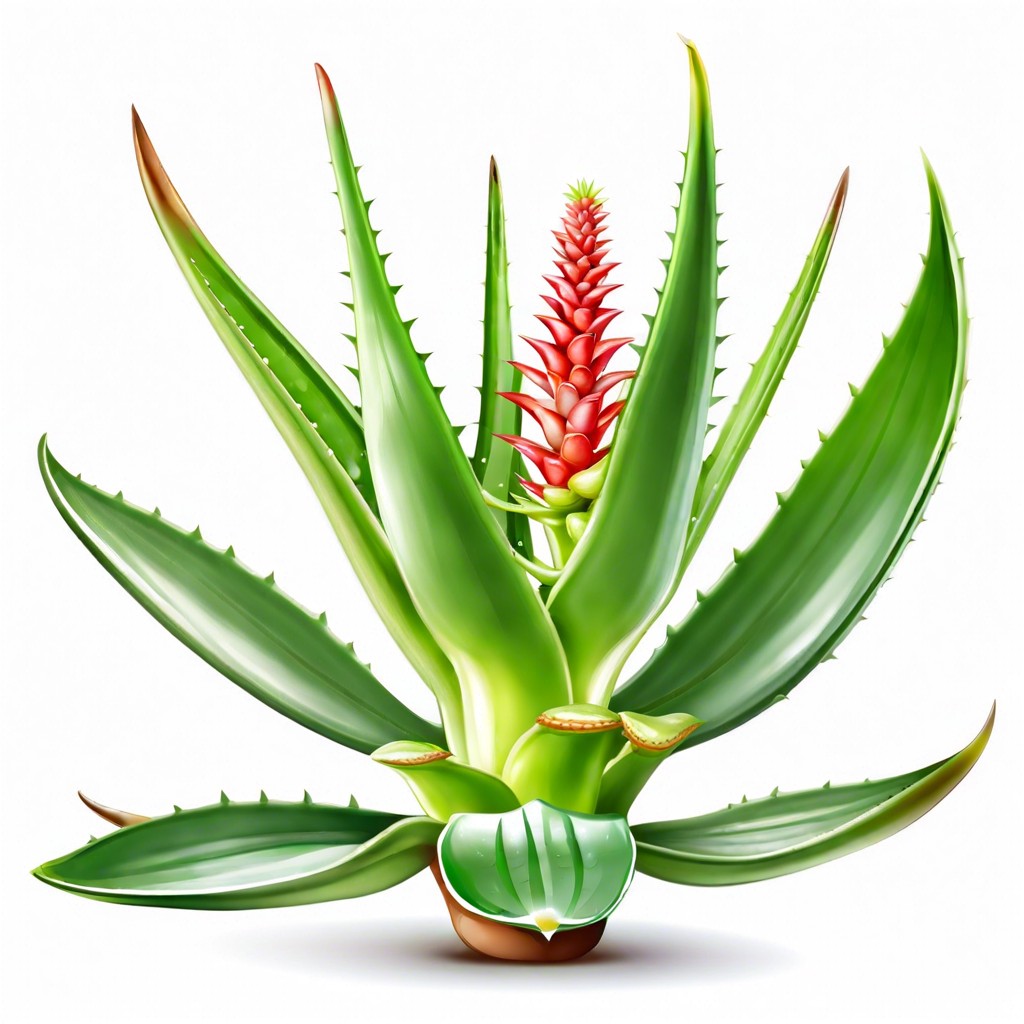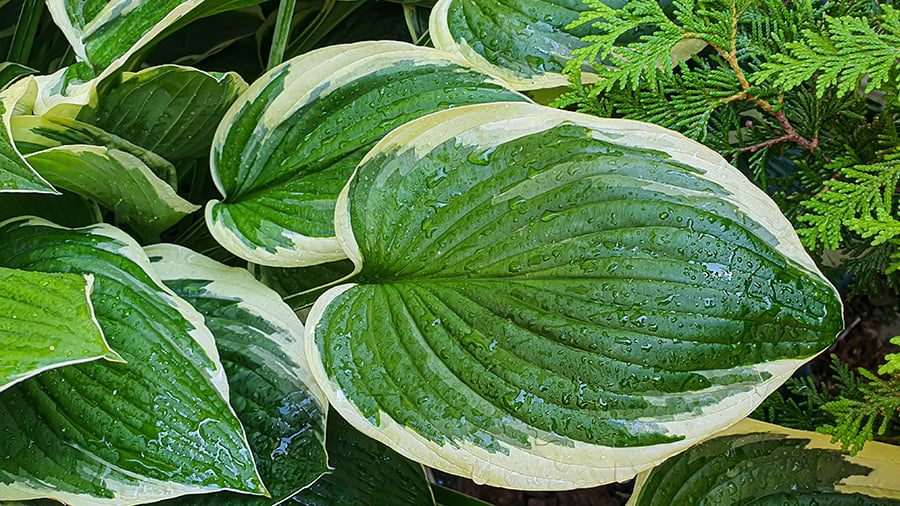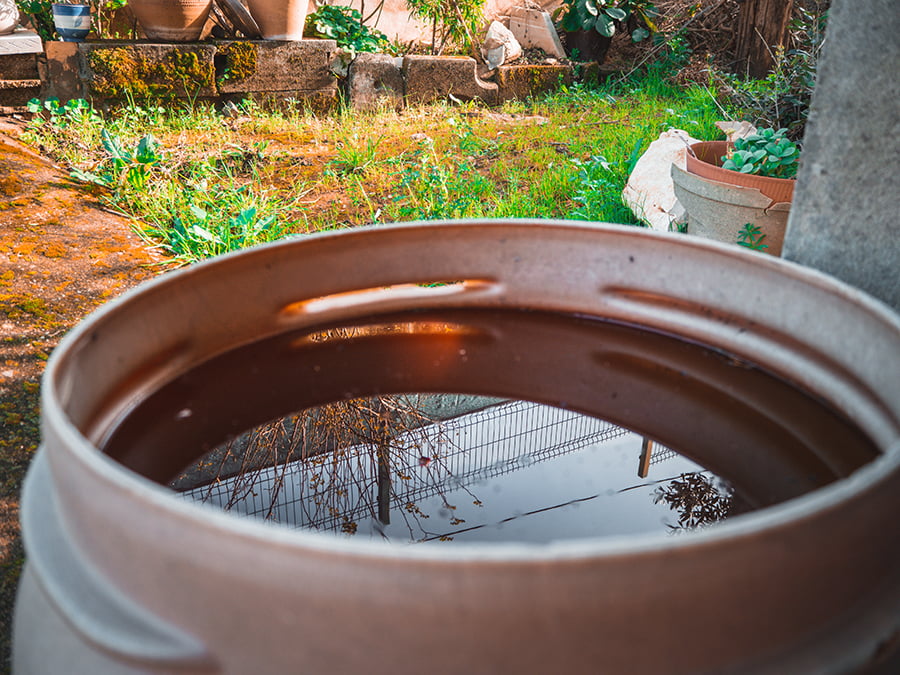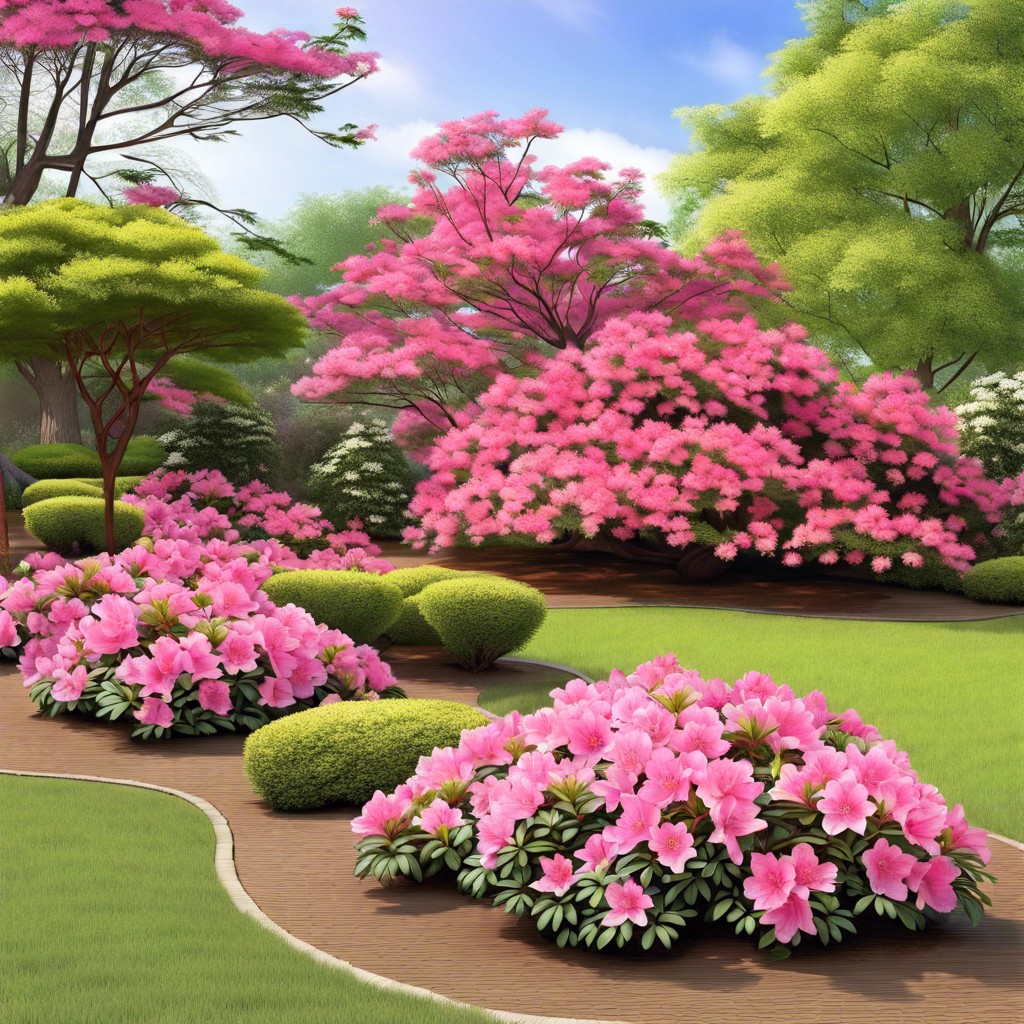In this article, you will learn about a variety of low maintenance plants that can bring greenery into your home or garden without the need for constant care.
Key takeaways:
- Aloe Vera: Thrives on minimal care, requires infrequent watering.
- ZZ Plant: Drought-tolerant, adaptable to low-light conditions, minimal care.
- Snake Plant: Tolerant of various light conditions, minimal watering required.
- Pothos: Tolerates a wide range of lighting conditions, minimal watering needed.
- Philodendron: Adapts to low light, infrequent watering, and easy care.
Aloe Vera (Aloe Barbadensis Miller)

Known for its medicinal properties and sculptural appearance, Aloe vera is a hardy succulent that thrives on minimal care, making it ideal for busy individuals or those new to gardening. It’s suited for indoor environments, and here’s how to keep it healthy with hardly any fuss:
– **Lighting:** Position your Aloe vera in a bright spot with some direct sunlight, such as a south or west-facing window sill. It can also adapt to low-light conditions, though growth may slow.
– **Watering:** The succulent nature of Aloe vera means it stores water in its leaves, requiring infrequent watering. Allow the soil to dry out completely between waterings, and then soak the soil thoroughly. Overwatering can lead to root rot, so it’s better to err on the side of too little rather than too much.
– **Soil and Potting:** Use a well-draining potting mix designed for cacti or succulents. A pot with drainage holes will prevent excess water from accumulating.
– **Feeding:** Fertilize sparingly since Aloe vera doesn’t require much feeding. Doing so once in the spring with a balanced, water-soluble fertilizer will suffice.
– **Pruning and Care:** Remove any dead or yellowing leaves at the base to keep your plant looking tidy. The use of sharp, clean scissors or pruning shears can prevent damage to the plant and potential disease.
Not only will an Aloe vera bring a touch of green to your space, it can also come in handy for soothing minor cuts and burns. Just remember, although it’s a low-maintenance plant, it still enjoys your attention from time to time.
ZZ Plant (Zamioculcas Zamiifolia)
With its glossy, emerald leaves and robust nature, the ZZ plant is a gem for those seeking greenery without the high upkeep. This hardy perennial thrives in conditions where other plants might falter, making it a popular choice for both homes and offices.
Drought tolerance is one of the ZZ plant’s claims to fame, thanks to its rhizomatous root system that stores water, allowing it to go long stretches between watering. In fact, overwatering is a common misstep with this species; it’s best to allow the soil to dry out completely before giving it another drink.
The ZZ plant isn’t fussy about light either. While it grows quickest in bright, indirect sunlight, it’s remarkably adaptable and can survive in low-light areas. This flexibility makes it an ideal plant for spaces with limited natural light, such as bathrooms or inner offices.
Moreover, the ZZ plant is a slow grower, which means it won’t demand frequent repotting or pruning. This, combined with its resilience to pests, translates to minimal care requirements beyond the occasional dusting of leaves to keep them shining.
Caring for this plant can be as simple as giving it a quarter turn every week to ensure even growth on all sides. Remember to handle it with care, as the ZZ plant can be toxic if ingested by pets or children, so always wash your hands after contact.
In essence, the ZZ plant offers an effortless way to bring a slice of nature indoors with minimal demands, making it an excellent choice for plant lovers of all levels.
Snake Plant (Sansevieria Trifasciata)
Recognized for its architectural foliage and exceptional resilience, the Snake plant, often known as “mother-in-law’s tongue,” is a favorite choice for both seasoned gardeners and novices. Its thick, leathery leaves grow vertically, often with a mottled green pattern, adding a modern touch to any room.
Not only is this plant aesthetically pleasing, but it’s also renowned for its ability to improve indoor air quality. Studies have indicated that it can help filter out common household toxins, contributing to a healthier living environment.
One of the most remarkable qualities of the Snake plant is its tolerance for a variety of light conditions. It thrives equally well in low light as it does in bright, indirect sunlight. This adaptability makes it an excellent option for spaces that don’t receive a lot of natural light, such as offices or interior rooms.
When it comes to watering, this plant favors a “less is more” approach. Overwatering can lead to root rot, so it’s best to allow the soil to dry out completely between watering sessions. If you’re uncertain, it’s safer to err on the side of underwatering with this hardy variety.
Little attention is needed for its upkeep. A light dusting to keep the leaves clean and occasional trimming to remove any brown tips will suffice. With this minimal care, the Snake plant will not only survive but will likely thrive, bringing a touch of greenery to your space without a hefty commitment of time or resources.
Pothos (Epipremnum Aureum)
Nicknamed the “Devil’s Ivy” for its ability to thrive in less-than-ideal conditions, Pothos is a highly recommended choice for those seeking an easy-care houseplant. Known for its trailing vines and heart-shaped leaves, this flexible plant makes a decorative addition to shelves and hanging baskets while purifying the air.
Caring for your Pothos couldn’t be simpler:
- **Lighting**: It is tolerant of a wide range of lighting conditions but prefers indirect, medium to low light. Avoid direct sunlight as it can scorch the leaves.
- **Watering**: Allow the soil to dry out between waterings. Overwatering can lead to root rot, so when in doubt, it’s better to underwater.
- **Fertilizing**: During the growing season (spring and summer), a monthly dose of standard houseplant fertilizer can boost its growth. However, it will do just fine without it.
- **Propagation**: To propagate, simply snip off a piece just below a node (the small bump on the stem where leaves emerge) and place it in water or moist soil. Roots should develop within a few weeks.
- **Potting**: Repotting Pothos is rarely necessary, as it doesn’t mind being root-bound. Doing so every few years in a slightly larger pot is sufficient.
With minimal attention, Pothos will reward you with rapid growth and a lush appearance, letting even the most novice plant owners feel like seasoned gardeners.
Philodendron
Philodendrons are a favorite among indoor plant enthusiasts for their lush, green leaves and uncomplicated care routine. They thrive with indirect sunlight, making them perfect companions for rooms with fewer windows or areas with ambient light. Watering is infrequent, requiring a drink only when the top inch of the soil feels dry to the touch. This prevents overwatering, which can lead to root rot – a common issue with more finicky houseplants.
Their ability to adapt to a range of humidity levels adds to their fuss-free nature. While they appreciate a misting every now and then, they won’t throw a fit in drier atmospheres. Feeding them is also a breeze; a basic houseplant fertilizer every few months will suffice, especially during the growing seasons of spring and summer. With their tolerance for neglect, Philodendrons allow both beginners and busy plant lovers to enjoy the benefits of greenery without the demand for constant attention.
Moreover, these hardy plants possess the innate ability to signal their needs. Drooping leaves often indicate a thirst for water, while yellowing can suggest too much sunlight or hydration. Heeding these subtle cues ensures your green friend remains vibrant and robust.




